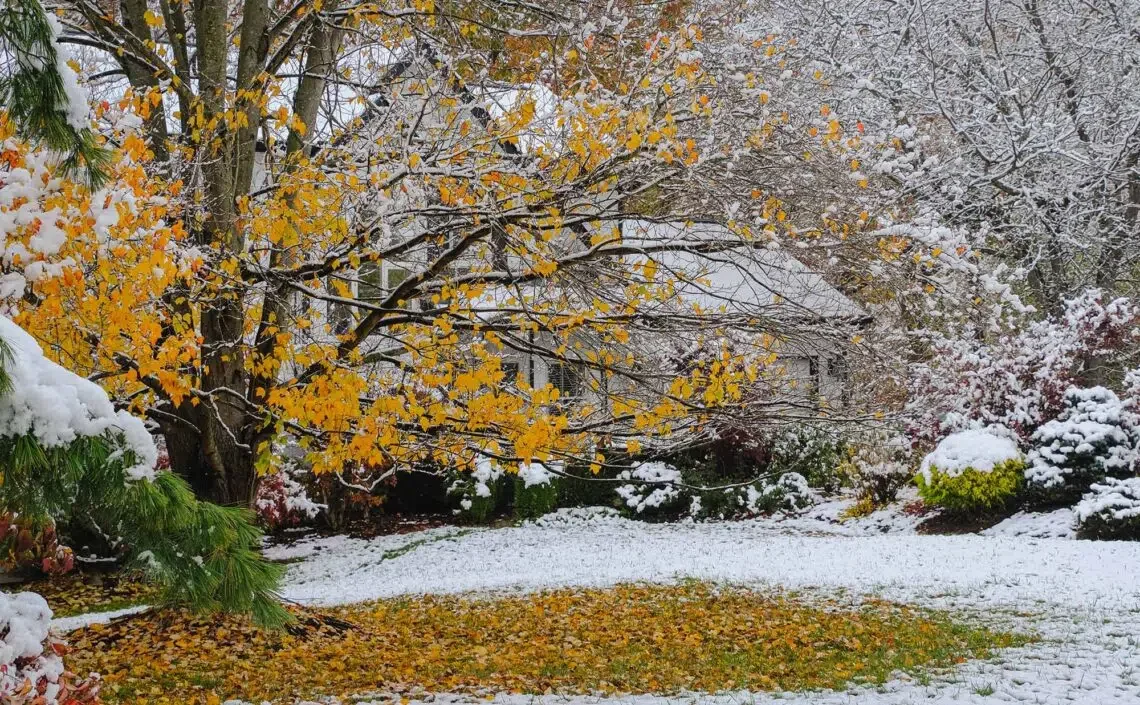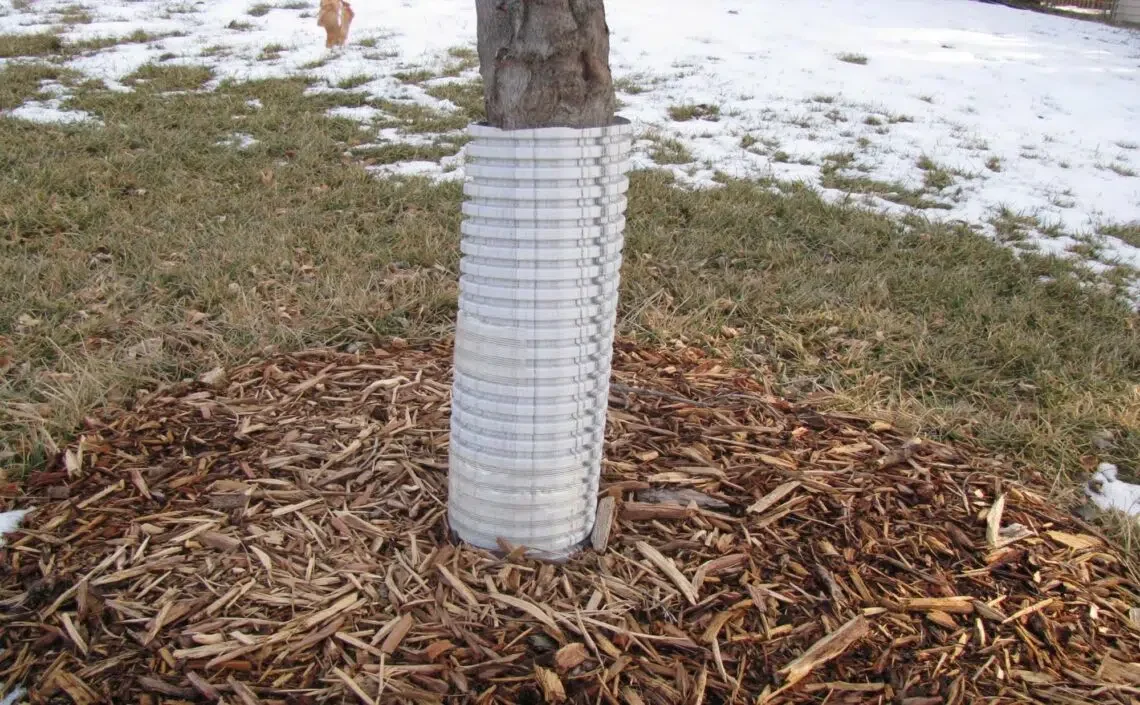How Trees Prepare For Winter
As the chill of winter approaches, the trees in our urban forests undergo a remarkable physiological transformation. Delve into the intricate ways trees prepare for and endure the cold season, from the vibrant display of fall foliage to the subtle adaptations that ensure their survival.
Initially written by Alexis Faible for Rainbow Treecare and posted on November 5, 2025
The Colors of Transition
One of the most striking changes we observe is the autumn leaf display. The vibrant reds, oranges, and yellows of autumn are more than just a seasonal spectacle; they’re the result of a complex process triggered by shorter days and cooler temperatures. To learn more about the magic of the season, check out our Science of Fall Foliage blog.
Evergreens' Winter Adaptations
While Deciduous trees shed all their leaves, conifers, with their needle-like foliage, have already adapted to resist drought and freezing. They do, however, shed older needles each year, typically retaining foliage for 3 to 5 years.
Hardening Off: Preparing for the Cold
Beyond foliage, trees prepare for winter by “hardening off.” The liquids within their cells increase in sugar and salt concentration, lowering their freezing point. This ability varies among plants, as explained in the USDA Hardiness Zone Map. The genetic origin of a tree also plays a crucial role; for example, Red Maples are native from Florida to Ontario but transplanting one from the South to the North or vice versa would likely lead to its demise, as they have adapted over time to thrive in their native conditions.
Life in Dormancy
During winter, trees enter a state of quiescence, a “resting but ready” phase, where metabolic processes continue even at low temperatures. Evergreens, for instance, still respire, moving water from the soil through their stomata. “Winter burn” is a common issue for conifers when the sun heats the foliage, causing dehydration if liquid water isn’t available, especially in years with low snowfall, as snow insulates the soil. Roots are often warmer than the air and can continue to explore resources and grow, utilizing stored energy, even while the surface world remains frozen.
Essential Winter Tree Care
Homeowners can help their trees prepare for winter with a few simple practices:
Watering: Continue to water trees, especially evergreens, on a weekly basis until the ground freezes.
Fertilization and Treatments: Fall is an ideal time for fertilization, providing nutrients for spring growth, and for applying plant healthcare treatments, such as insecticides or injectable nutrients.
Protection: Guard young trees from rodents by wrapping trunks with corrugated plastic tubing. Protect evergreen foliage from winter burns and deer browsing by wrapping them in burlap.
While winter can be tough for humans, trees are surprisingly resilient. Providing proper care during the growing season and in the fall helps ensure they are ready to thrive again when spring arrives.




